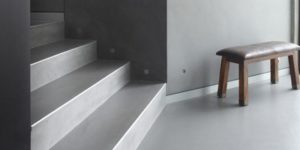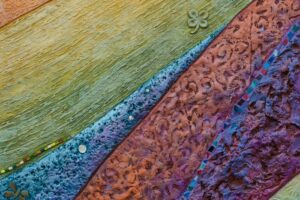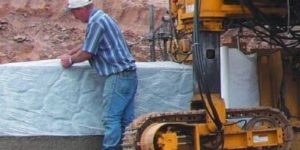A border wall built on irony.
That’s one way to look at some of the concepts being proposed for portions of the international border wall on the U.S./Mexico boundary.
What could be more ironic than requiring that the wall be “aesthetically pleasing” and built to withstand all manner of attack by everything from sledgehammers to power tools?
Thou shalt not enter, but how do you like the look of our big new, foreboding monument to sovereignty?
Reports say several hundred companies were expected to submit initial proposals for various portions of the proposed border wall. Ruling over this pageant is the U.S. Customs and Border Protection agency.
In a less-than-reverent take on the process, the British-based Guardian observed, “From a first look at some of the entries, it’s hard to tell which ones are spoofs.”
The ideas were no joke. “Instead, they are the fever dreams of America’s small business contractors writ large, which makes them a fascinating window into the lurid anxieties of middle America,” the Guardian laments.
When initially conceived, the border wall was envisioned as a “physically imposing concrete wall” 10 to 30 feet tall, but the feds have since broadened that overarching specification to include various compositions and mechanisms.
Among the concepts, the Guardian’s report mentions a plan to dig a 100-foot trench along one section of the border and fill it with nuclear waste, which would also be used to generate electricity. A “flimsy” chain-link fence would separate the waste moat from the Mexico territory, while a 30-foot concrete wall would be on “our” side of the moat.
Another project bidder proposes to take the renewable energy concept further, with a plan to cover the wall with solar panels. This would generate enough power to pay for the cost of construction within 20 years, the submission asserts. Photos available on The Guardian
Then there is a variety of techie designs employing microwave sensors, fiber optics and cameras to monitor comings and goings. One configuration integrates a giant mirror that would allow agents to see the other side of the wall but not the reverse.
A Great Wall of China-themed approach is the inspiration coming from an Illinois company, with decorative parapets and castle-style watchtowers. The man behind the concept, Michael Hari, explains, “This wall is meant to defend what is truly American,” and thus the design will speak to “ordinary American citizens” with classic imagery instead of being “starkly institutional” Hari tells the Chicago Tribune.
One of the more sensible submissions calls for a wall in the “rammed earth” design motif, composed of natural raw materials and designed to give the impression it’s an extension of the surrounding landscape.
At least this idea wouldn’t try to mask the function or intent with some kind of Disneyesque Great Wall of the West (see above).
Decorative concrete ideas aren’t left out of the running, with a submission from Single Eagle Inc., doing business as Concrete Contractors Interstate. The company, a decorative and structural concrete specialist, proposed using its Icon Wall Solution system, which would provide “artistically creative design options” for the wall.
The Icon system is a tilt-up, cast-on-site methodology, decorated on-site like concrete flatwork and positioned vertically, and offers “unlimited design options,” the company says. Photos available on The Guardian.
The news announcement issued by the company shows examples with natural color tones and glass aggregate arranged in a wave pattern.
“The design is unique in that it uses concrete to connect the tilt-up panel to the footing rather than a mechanical connection such as anchor bolts, weld plates or structural steel supports,” the company notes.
A handy glance at the various border wall concepts can be seen at Here’s What Trump’s Border Wall May Look Like, on the website Zero Hedge.
Disclaimer: The statements and opinions expressed in this blog post are those of the author or authors and do not necessarily reflect the position or opinion of Concrete Decor magazine.















